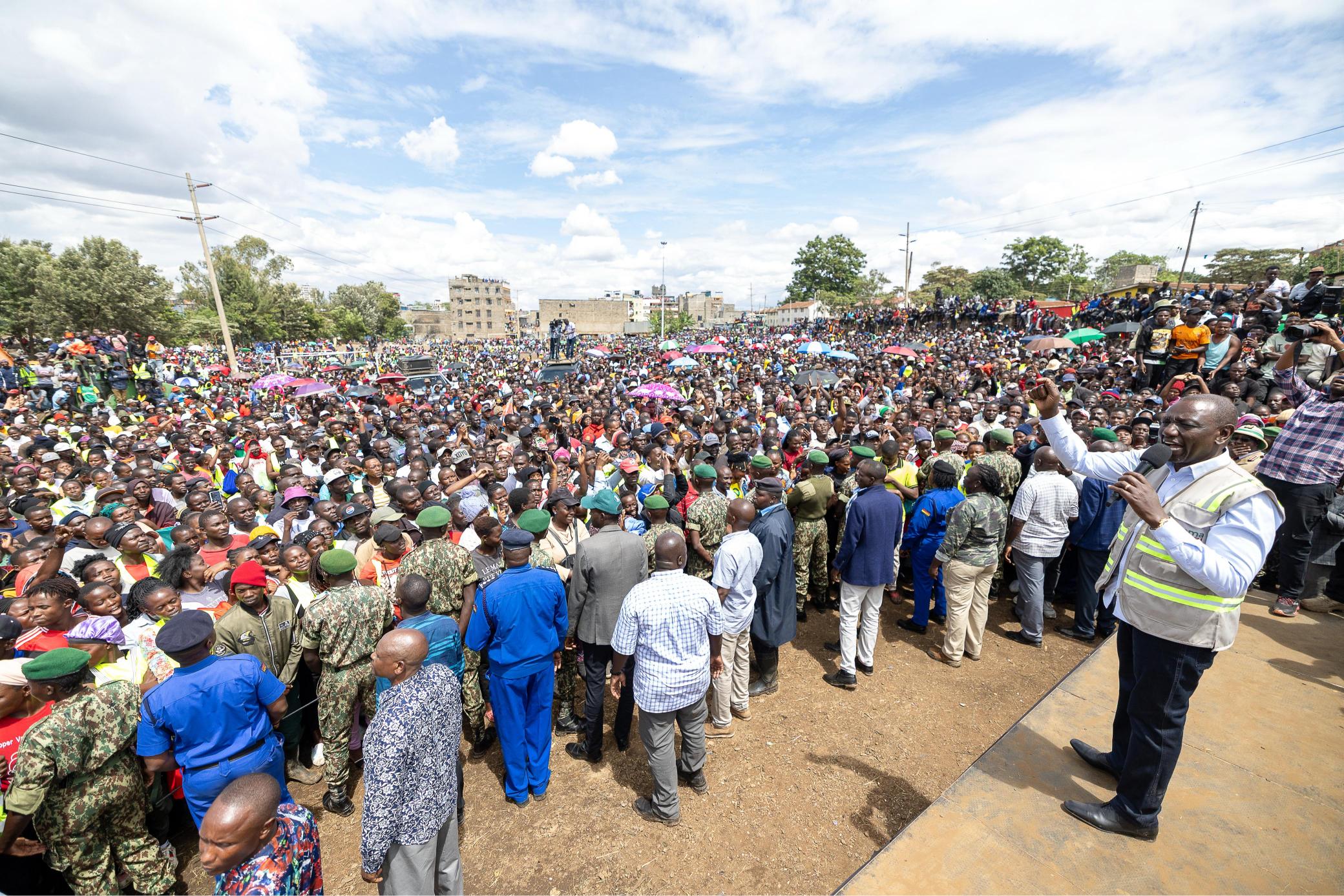

The
project promises to deliver clean waterways, affordable housing, safer
neighbourhoods and new livelihoods by 2027.
Launched
in March by President William Ruto, the Nairobi River Regeneration Project
seeks to restore 27.2km of river and tributaries while reclaiming riparian
land, cutting pollution points by up to 90 per cent, and resettling vulnerable
communities without illegal evictions.
“Any
relocation will follow fair, lawful protocols with resettlement and
compensation,” Nairobi Rivers Commission CEO Rtd Brig Joseph Muracia said.
“Informal
settlement dwellers are fully involved in public planning processes.”
Already,
more than 40,000 young people are employed under the Climate Works Mtaani
initiative, unclogging sewers, expanding riverbanks and constructing trunk
sewers. Another 18,000 youth are set to join.
Authorities
say the works include a 54km sewer line, wetlands and an upgraded Kariobangi
treatment plant.
There
will also be engineered riverbanks with parks, trees and a 45m buffer zone.
A
non-motorised transport corridor with walkways and cycling lanes will stretch
27.2km from Ondiri to Ruai.
By 2027, 10,000 affordable housing units and markets for 20,000 traders will replace flood-prone shanties in Mathare, Shauri Moyo and Dandora.
Riverfront
parks, community libraries and urban farms are also planned, with officials
projecting a 50 per cent drop in waterborne diseases and flood displacements.
More
than 100 community forums will guide implementation, while the state says land
value gains, estimated at 30 per cent, will be reinvested locally.
“This
is about restoring Nairobi’s heart, reclaiming our rivers as public assets and
proving that inclusive, climate-smart development is possible,” Muracia said.
INSTANT ANALYSIS
Unlike
past clean-up attempts, this effort pledges structured relocation, youth
employment and community engagement. Its success hinges on transparency,
sustained funding and protection against elite land grabs that have derailed
similar initiatives. If delivered, it could redefine Nairobi’s image as a
green, livable capital. If not, it risks becoming another stalled mega-project
weighed down by politics.














